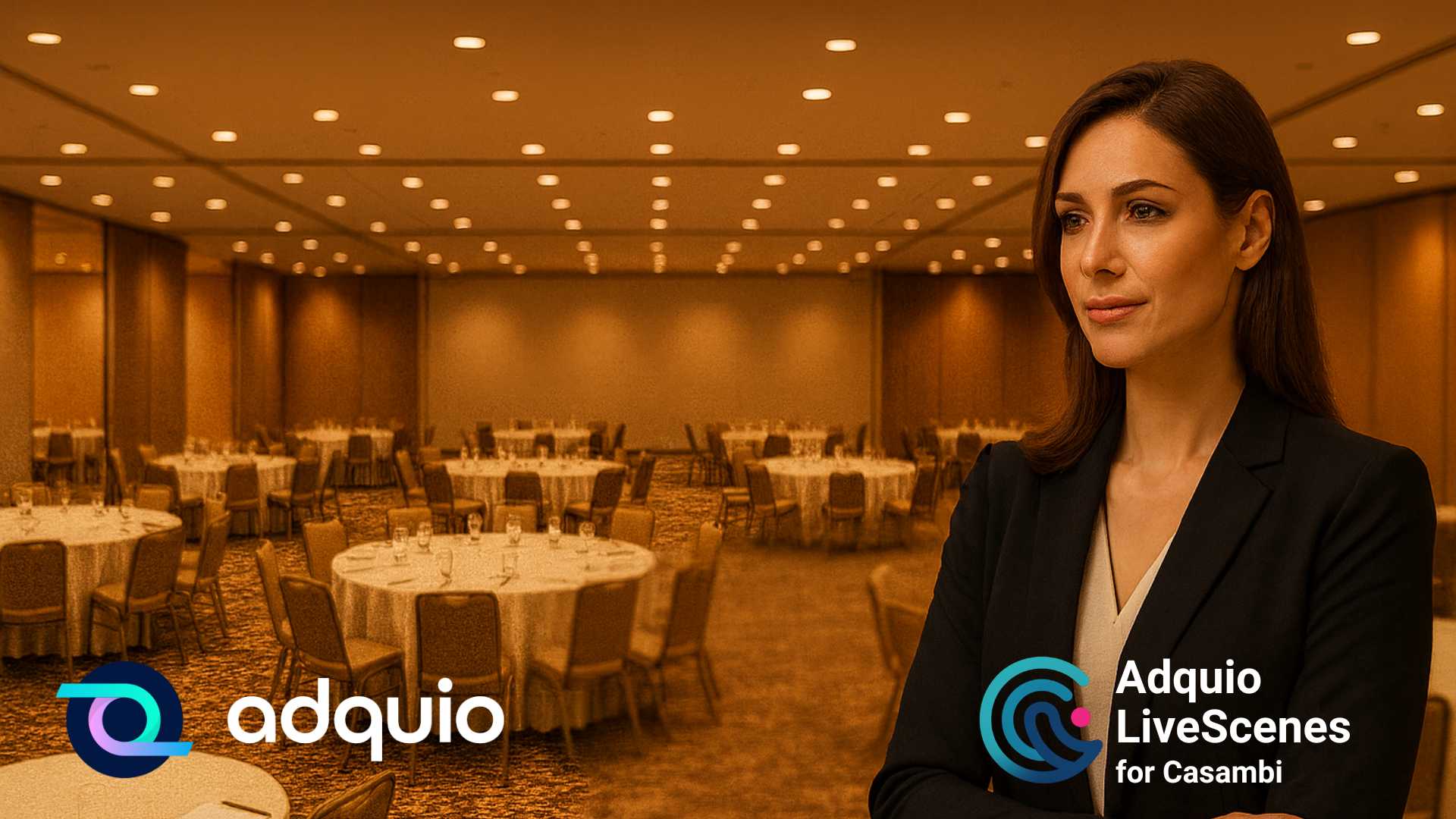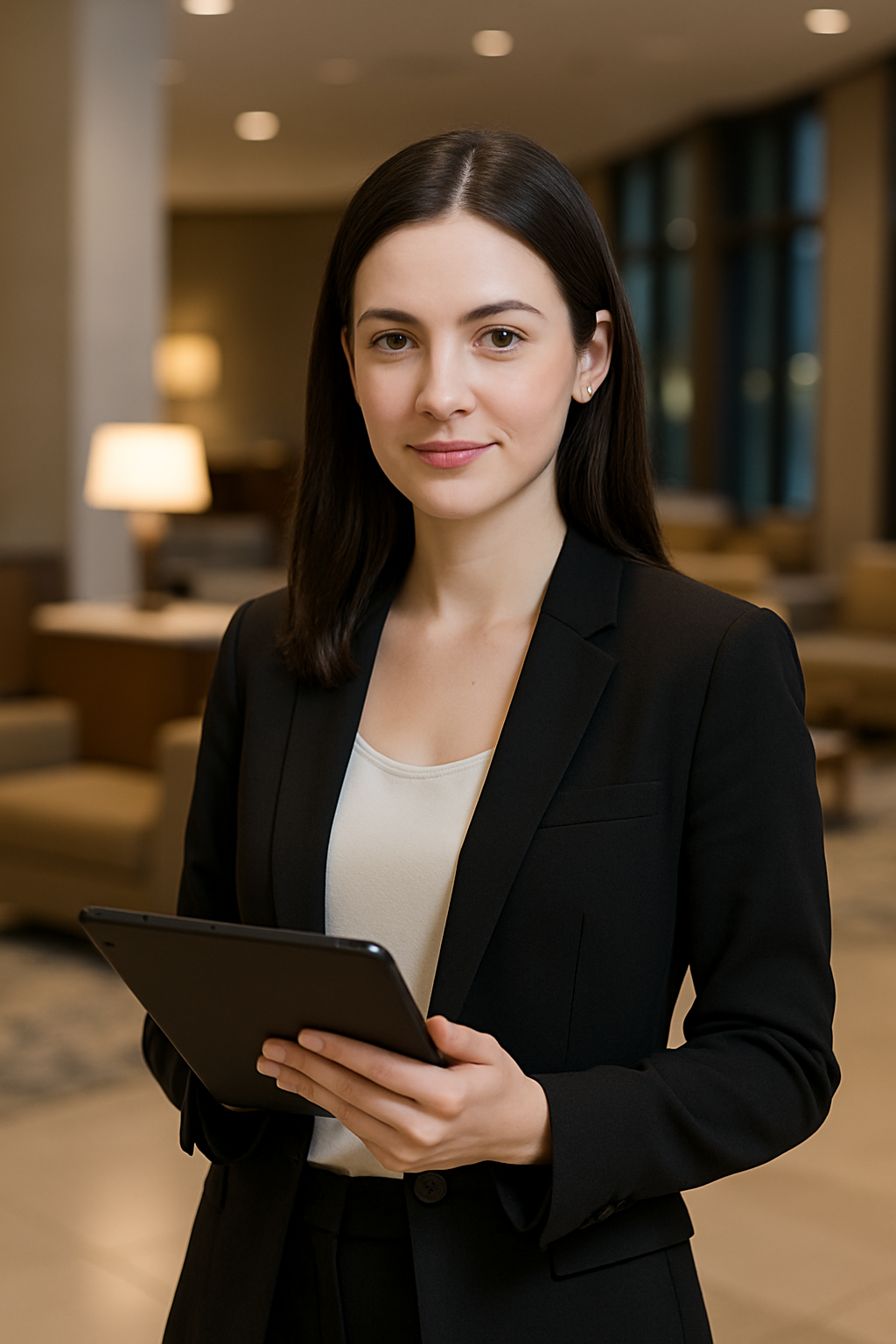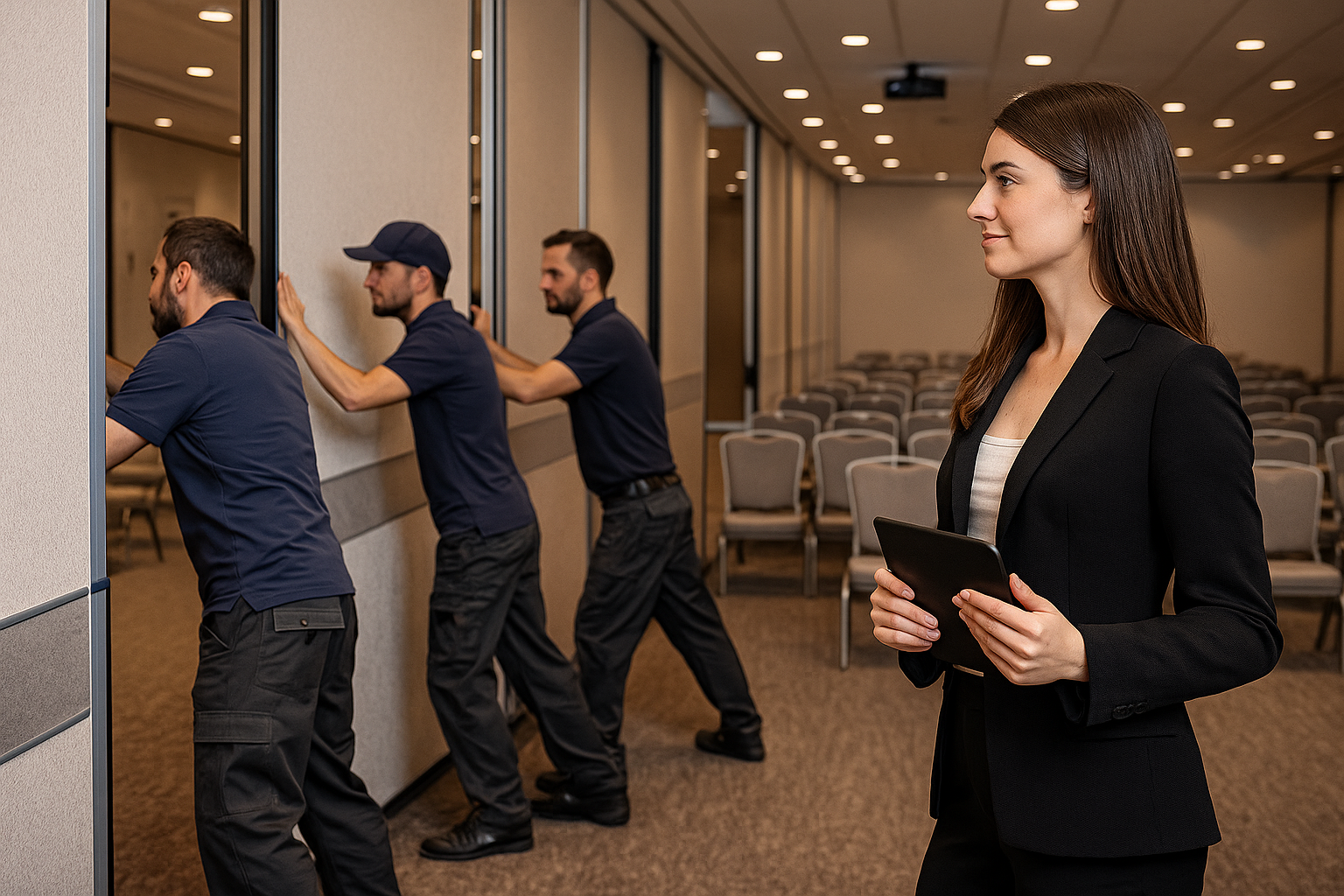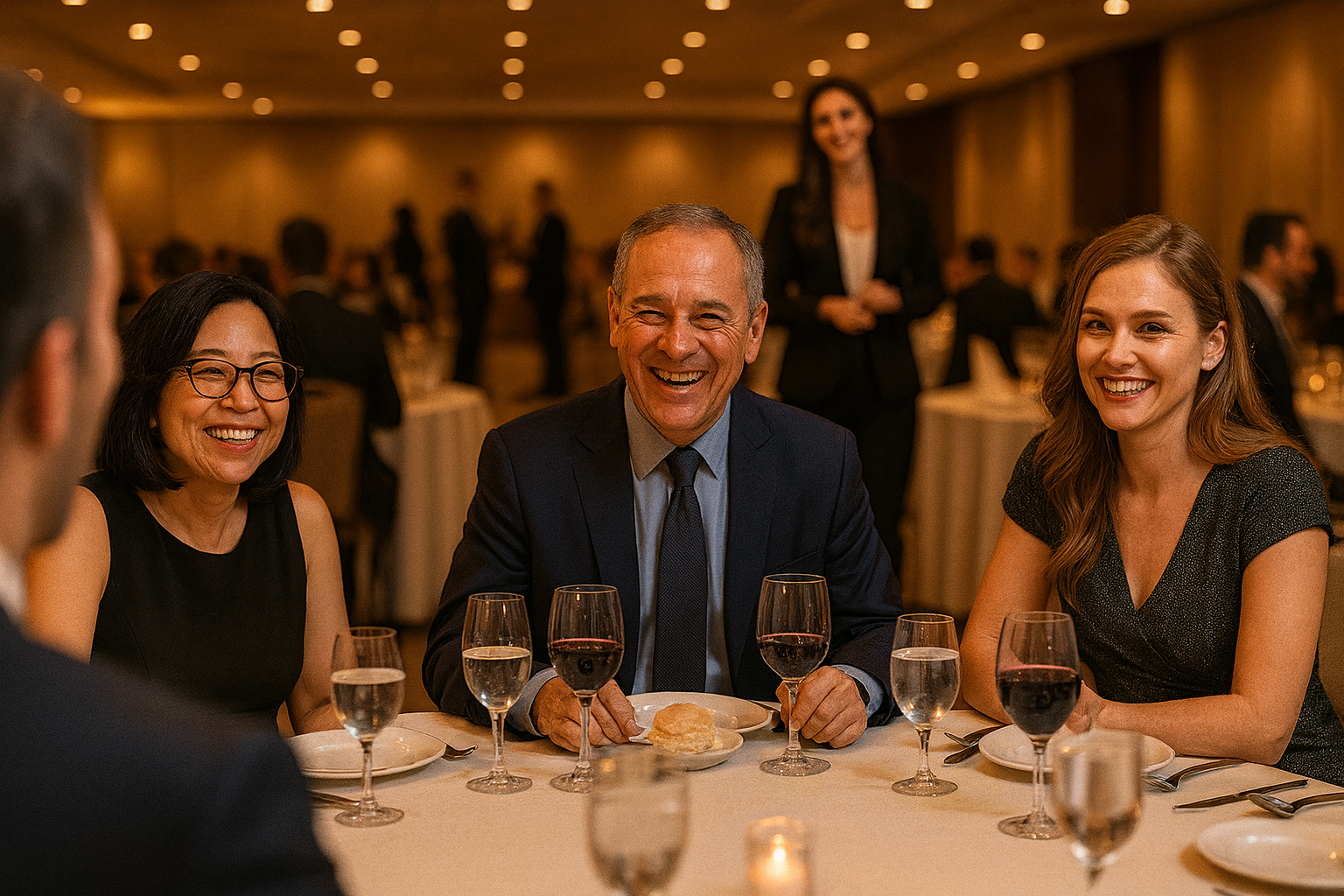In the heart of the city, the Aurora Hotel thought it had everything under control.
Until the walls began to move.
In the heart of the city, the Aurora Hotel thought it had everything under control.
Until the walls began to move.

Lucía is 29 years old, studied Tourism and Event Management and started at the Aurora as an afternoon receptionist. At two years old she was already coordinating small events… and today she is the person who signs the big congresses, company conventions and weddings that appear on Instagram.
She is detail-oriented: she checks the lighting, sound and even the temperature of the room before each event. She lives glued to a tablet where she sees plans, schedules and special requests from each client.
He hates the phrase “that can’t be done”; his response is almost always, “let me see how we fit it in.”
Lucia lived in a kind of daily Tetris. One morning, the conference floor could be:
Room A + B + C united for an international congress.
In the afternoon, three separate rooms for parallel training sessions.
In the evening, a single large room for a gala dinner.
The hotel had an impeccable Casambi network, with scenes designed in detail:
“Presentation”, “Coffee break”, “Formal dinner”, “Cleaning”, “Maintenance”…
The problem was not Casambi. The problem was that the building changed faster than the scenes.
Every time they moved the movable walls:
Scenes that lit luminaries of the “ghost” room that no longer existed.
Overly dark areas in one half of the new unified hall.
Maintenance technicians trying to remember which scene corresponded to which configuration.
Last minute calls to the integrator to “fix the light before the guests arrive”.
Lucia’s feeling was clear:
We have top-notch lighting… that becomes obsolete every time we open or close a wall.
On one of those chaotic afternoons, the integrator running the Casambi network proposed something different:
“It’s not about creating more scenes. It’s about making the scenes understand how the hotel is today.”
And so it came Adquio LiveScenes.
The idea was simple, but powerful:
Lucia didn’t have to understand the technical side. What she was sold was this: “When you change the walls, the light will change with you. Without reprogramming everything every time.”
They accepted the project.

The big test came with a three-day congress.
In the initial briefing, the client requested:
Before LiveScenes, this would have meant:
This time it was different.
A dry contact was installed on each movable wall dry contact single dry contact: open/closed.
When maintenance personnel moved a wall:
For the conference floor, there were no longer only “Room A”, “Room B” and “Room C”.
LiveScenes handled something much more interesting:
Each wall state → one configuration.
Each configuration → which luminaires belong to which Casambi zone at that time.



In addition to the physical contacts, a graphical interface graphical interface touch screen in the event hall was created:
When Lucia played on the screen:
And then the magic happened:
All this without anyone having to reprogram a single Casambi scene from scratch.
Behind that smooth customer experience are several smart decisions:
Behind that smooth customer experience are several smart decisions:

And, from there, the system adapts itself every time the hotel changes the room configuration.
After three months with Adquio LiveScenes in place, the hotel management took stock:

Improved customer satisfaction surveys: “always adequate” lighting and “well-kept environment” in the ratings.
But beyond the numbers, there was a subtle and powerful shift:
Lucía stopped talking about “scenes that don’t fit” and started to talk about experiences:
What used to be a fight with the light is now part of the service.
We can promise a client that their event will have the perfect atmosphere, even if the entire layout changes the day before.
If you manage a hotel with conference rooms, you know that flexibility is the business:
Adquio LiveScenes turns that road into a highway:
With a well installed Casambi network you are half way there.
Because in the end, the customer does not know whether there are dry contacts, controllers or graphical interfaces.
Just note one thing:
Here, every time we open a door… the light already knows what to do.
If you also have a multipurpose space and need lighting to adapt to changing spaces, contact us and we will explain what we can do for you.
